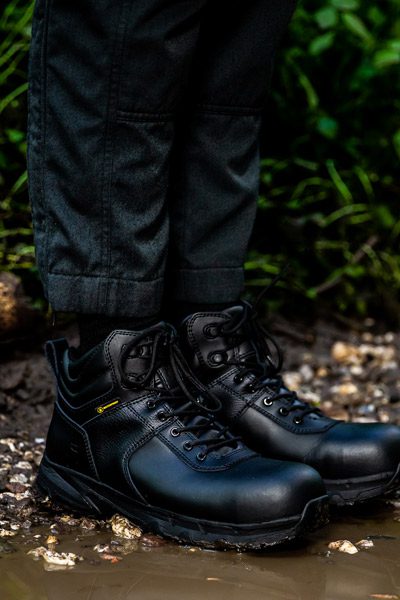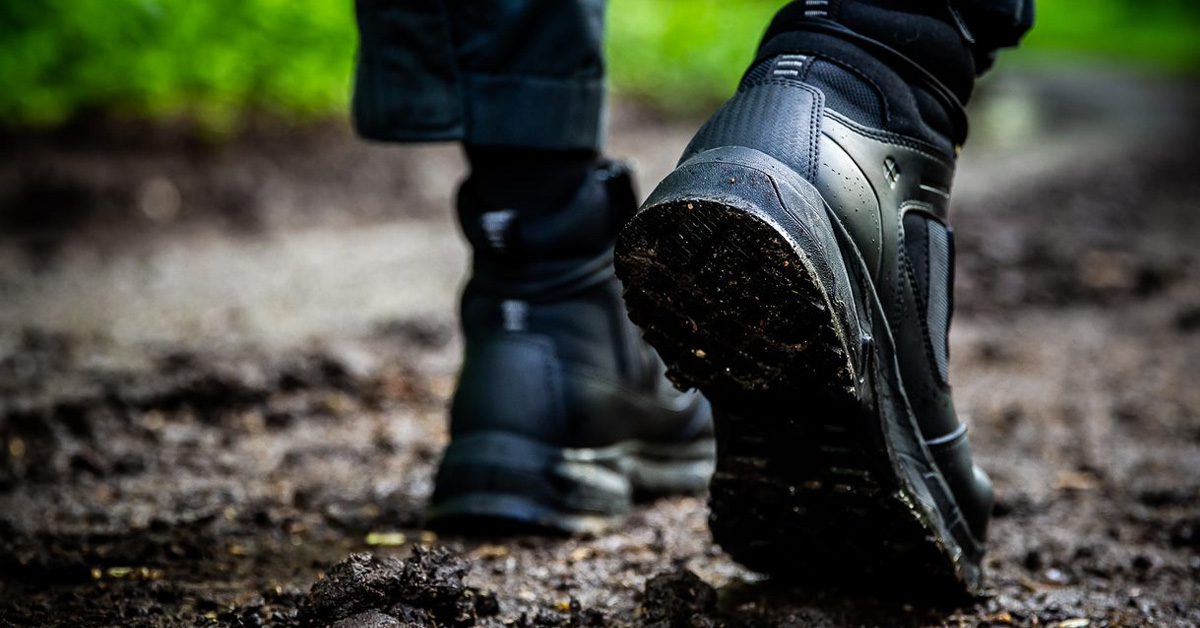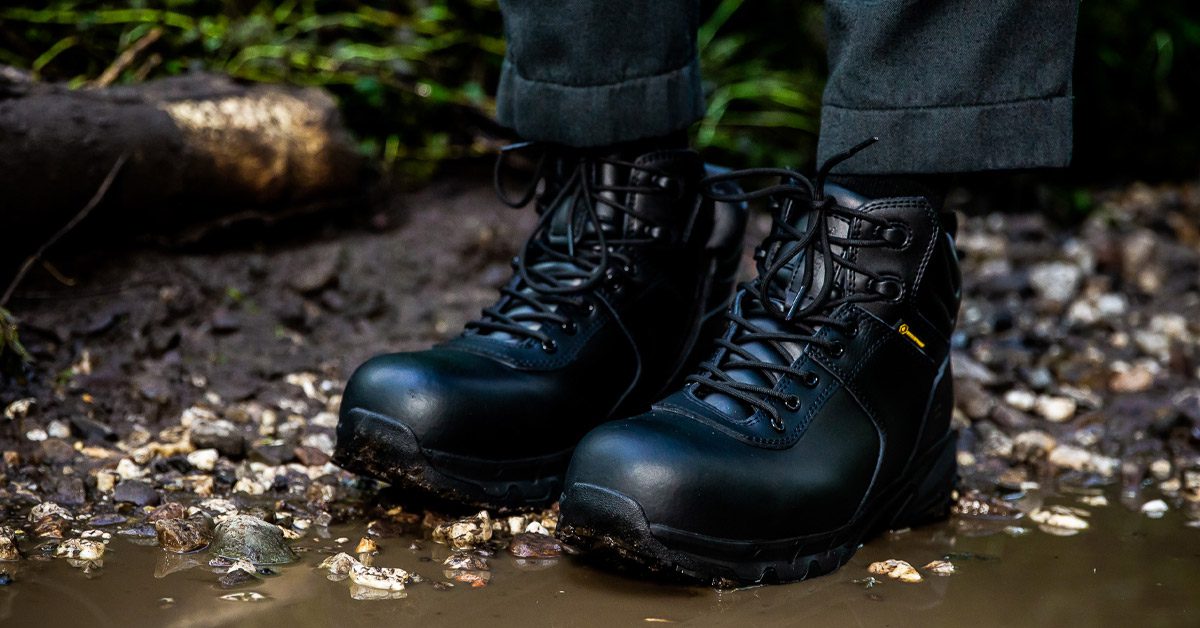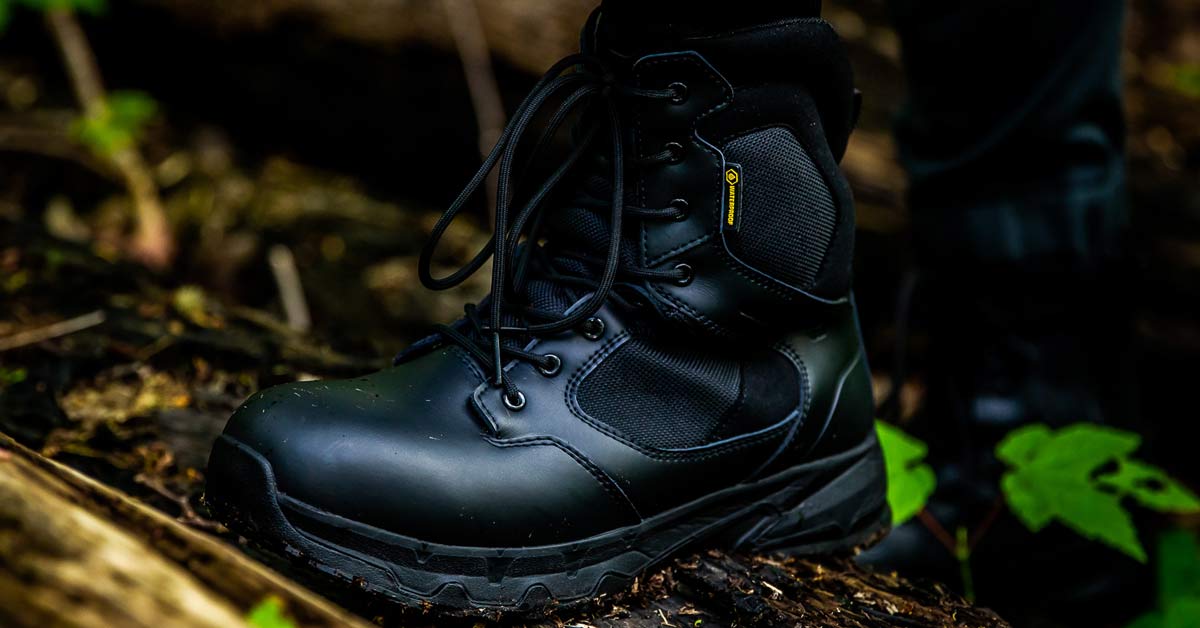Uniforms in the military are often synonymous with classic styles and clean lines. Each task requires the right material and right fit to get the job done. Both tactical and combat boots are constructed to withstand various terrain and weather conditions all the while not compromising comfort, performance and agility. Military personnel require extra protection from on-the-job hazards they may encounter while performing their daily duties especially as they move up in the ranks.
At the beginning of an officer’s military career, tactical boots are often used for activities such as basic training, fieldwork and drills. If or when they are sent out on a mission, whether for the short-term or for the long-term, young officers will graduate to combat boots and learn how to care for them. While these two main types of Army boots are typically worn while on the job, they are used for different purposes.
In this article, we will be discussing the differences between tactical boots vs. combat boots and the Shoes For Crews workwear and footwear features that Army units are looking for.
Tactical boots
Basic trainees and officials need to wear boots that can bend and mould to their feet to support them through all the twists and turns of the day. Tactical boots naturally weigh less and are more flexible.
The following are some of the main features a good pair of tactical boots will possess:
1. Lightweight
The lightweight construction found in most tactical boots is best for reducing and relieving muscle fatigue. They can also improve on-the-job performance and provide superior support on all types of terrains and inclines. Ideally, tactical boots should weigh between 500g and 600g.
2. Easy-to-clean
Another main feature is that these types of boots are easy-to-clean. From dust and dirt to wet mud and debris, tactical boots go through the wringer. Our materials make it easy to get rid of any residue with a quick wipe so your unit will not be slowed down when the job gets dirty.
3. Different material combinations
Some tactical boots are made of a combination of leather and mesh uppers. An excellent pair will have a supportive midsole that is designed to be shock absorbent and they typically consist of ethylene-vinyl acetate (EVA) and Polyurethane (PU). Synthetic and more flexible materials mean that the boots will be easier to break in, but they can wear out faster than genuine leather boots.
4. Durability and longevity
As mentioned above, high-quality and durable midsoles and outsoles can reduce the impact and strain running and long treks may have on your unit’s feet. When tactical boots are properly cared for, they can last wearers a few months, but it is recommended to replace them every 6 months.






